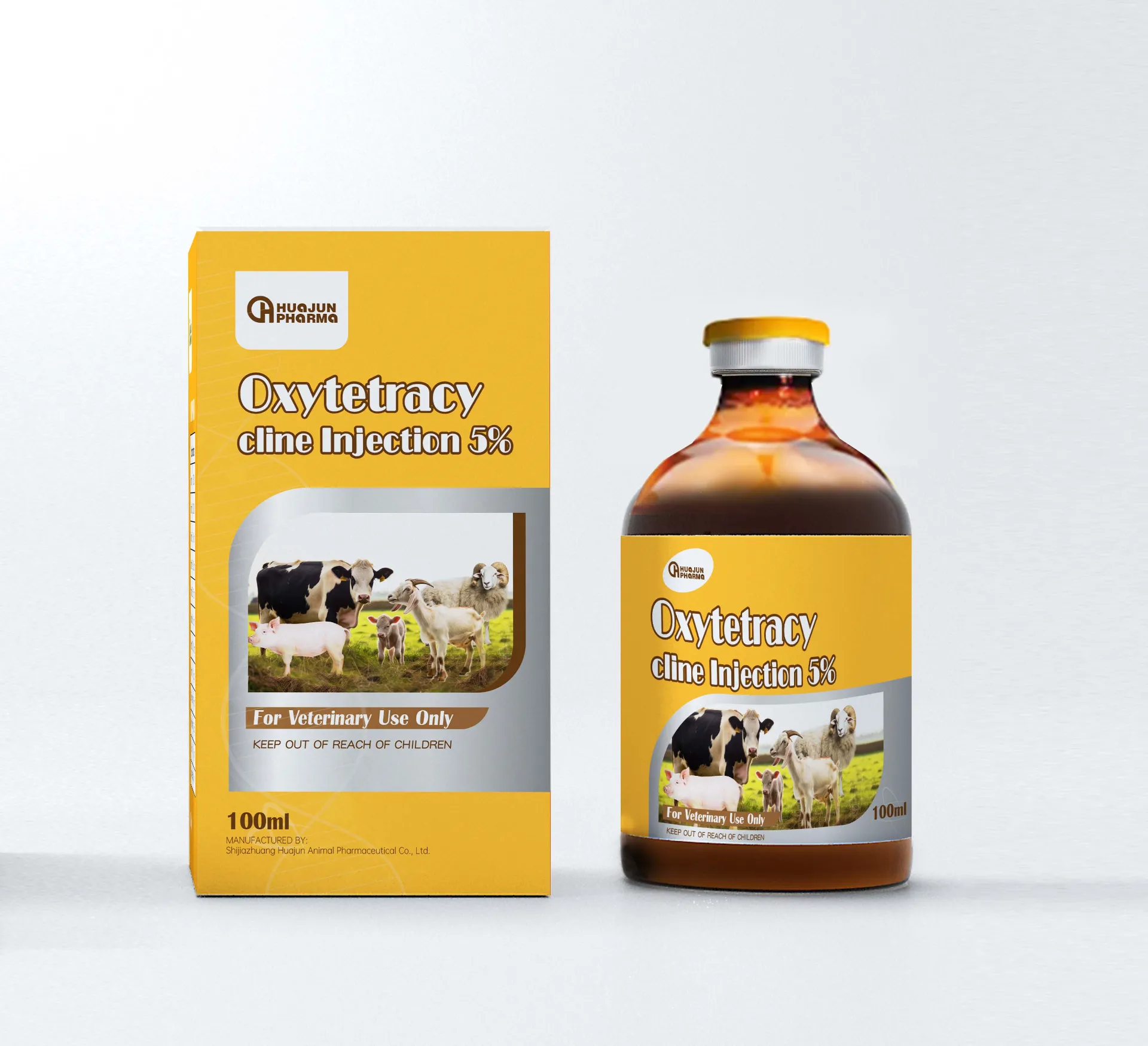
Nov . 07, 2024 12:26 Back to list
Florfenicol Use in Veterinary Medicine Across China and Its Impact on Animal Health
The Use of Florfenicol in Veterinary Medicine in China
Florfenicol is a broad-spectrum antibiotic that has gained significant attention in the veterinary field in recent years, especially in China. As a synthetic derivative of chloramphenicol, florfenicol is effective against various Gram-positive and Gram-negative bacteria, making it a valuable tool in managing bacterial infections in animals. This article delves into the application of florfenicol in veterinary medicine within China, its benefits, regulations, and the impact on animal health and agriculture.
Background and Mechanism of Action
Florfenicol works by inhibiting bacterial protein synthesis, a process essential for bacterial growth and reproduction. It binds to the 50S ribosomal subunit, blocking peptide bond formation, thus preventing the bacteria from producing proteins vital for their survival. This mechanism makes florfenicol particularly useful against conditions such as respiratory diseases in livestock, where bacterial infections can lead to severe economic losses.
Applications in Animal Husbandry
In China, florfenicol is primarily used in the treatment of respiratory diseases in pigs and cattle, two of the country’s most significant agricultural sectors. Diseases like swine pneumonia and bovine respiratory disease complex (BRDC) can decimate animal populations, affecting both animal welfare and the economy. By deploying florfenicol, veterinarians can effectively manage these conditions, thus ensuring healthier livestock and better productivity.
Moreover, florfenicol is sometimes utilized in aquaculture, particularly in fish farming, where bacterial infections can rapidly spread. The use of florfenicol in aquaculture has been a point of discussion, balancing the benefits of disease control against potential risks related to drug resistance and environmental impact.
Benefits of Florfenicol
One of the primary advantages of florfenicol is its relatively low risk of causing adverse reactions compared to other antibiotics. This attribute makes it a preferred choice for treating infections in various animal species without inducing significant toxicity. Additionally, florfenicol has a favorable pharmacokinetic profile, allowing for effective administration via injection and feed, ensuring that the antibiotic reaches therapeutic levels in the bloodstream quickly.
china florfenicol vet

Florfenicol also has a longer half-life compared to traditional antibiotics, which means that fewer doses are required over a treatment period. This not only aids in compliance but also reduces stress on animals associated with frequent handling and injection.
Regulatory Framework and Resistance Concerns
Despite its benefits, the use of florfenicol in veterinary medicine is not without controversy. In China, like many other countries, there are stringent regulations governing the use of antibiotics in livestock to combat the global issue of antimicrobial resistance (AMR). Misuse and overuse of antibiotics can lead to the development of resistant bacterial strains, posing a significant threat to both animal and human health.
To address these issues, the Chinese government has implemented measures to regulate antibiotic use, encouraging veterinarians and farmers to adopt more prudent practices. This includes monitoring prescription practices, promoting the responsible use of florfenicol, and enhancing education on the risks associated with antibiotic misuse.
Future Perspectives
The future of florfenicol in China's veterinary sector appears promising, particularly as the agricultural industry becomes more aware of the importance of responsible antibiotic use. Research continues to explore the effectiveness of florfenicol against emerging bacterial strains and its potential role in integrated disease management practices.
Furthermore, there is a growing emphasis on alternative approaches to disease prevention, such as vaccination and improved biosecurity measures, to reduce reliance on antibiotics. This holistic view aims to enhance animal health sustainably while mitigating the risks associated with antibiotic resistance.
Conclusion
Florfenicol has emerged as a crucial antibiotic in China's veterinary medicine, offering effective treatment for bacterial infections in livestock and aquaculture. Its benefits, when balanced with responsible use and regulatory oversight, can contribute to healthier animals and a more sustainable agricultural system. As China continues to grapple with the challenges of antibiotic resistance, the focus will need to remain on responsible usage alongside innovative strategies to safeguard animal health and, by extension, human health.
-
Immunovital Fish Feed Factory | AI-Optimized Nutrition
NewsAug.03,2025
-
Quality Bacillus Coagulans BC30 Factory - Expert Production
NewsAug.02,2025
-
China Salivation AI with GPT-4 Turbo Features
NewsAug.01,2025
-
Epic Sepsis Factories: AI-Driven Detection with GPT-4 Turbo
NewsJul.31,2025
-
Acute Salpingitis and Oophoritis AI Factory
NewsJul.31,2025
-
Premium China Bacillus Subtilis Supplier & Factory Solutions
NewsJul.30,2025




